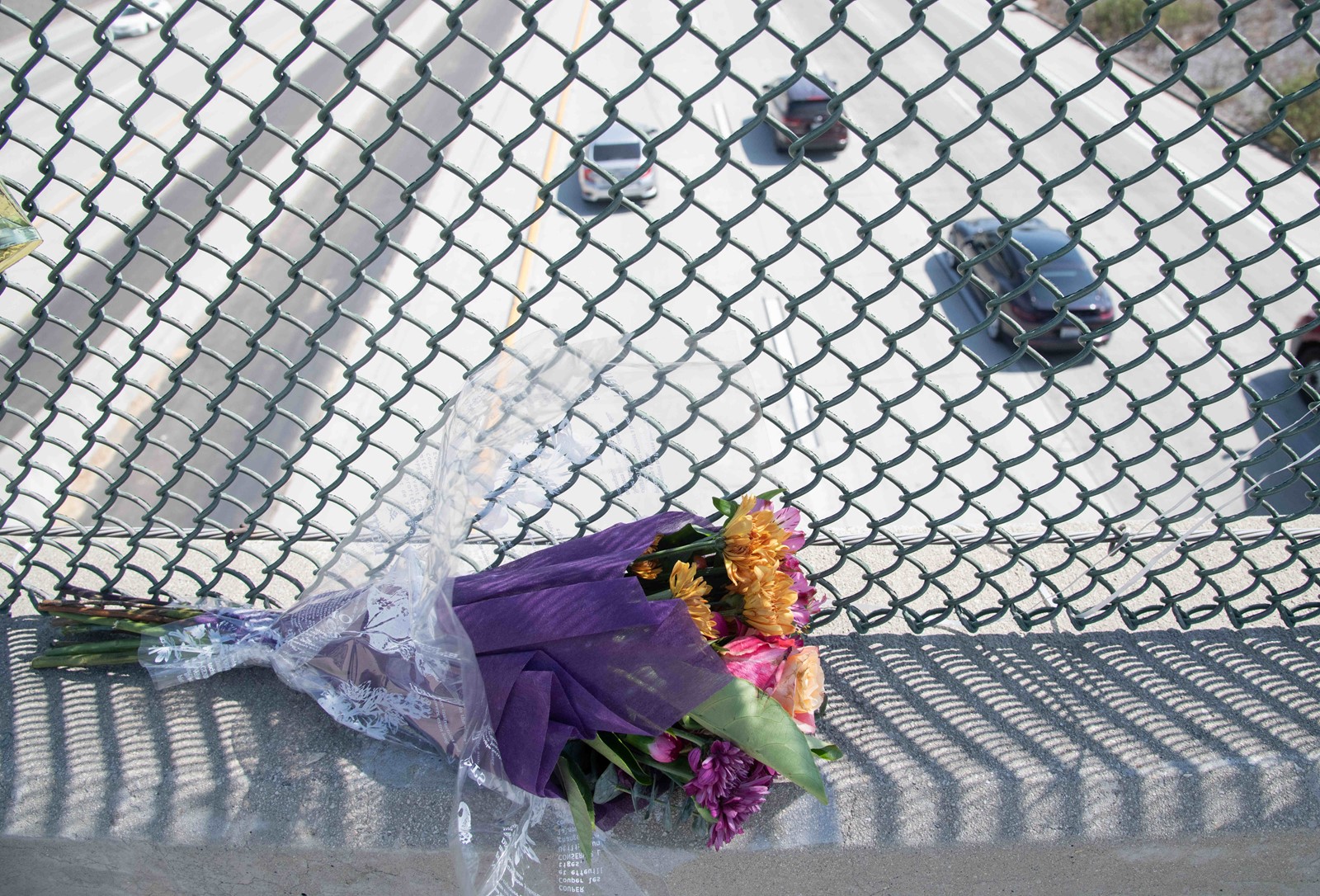
deterrents at the Haven Avenue overpass, Camacho-Curtis wrote in an email on Friday.
“While we’ve faced challenges and have been met with resistance in securing Caltrans’ approval for substantial improvements such as overhanging fencing, we are continuing those discussions with urgency and focus,” she wrote.
In late fall 2024, Camacho-Curtis said, the city worked with San Bernardino County to install two suicide prevention signs at the Haven Avenue overpass. More recently, the city has been working to secure permits for the installation of overpass wing fencing at Haven Avenue.
“The city is funding this improvement directly,” Camacho-Curtis said, “as a demonstration of our commitment to proactive, local action.”
Suicide is a not a new subject for Ramos to tackle. He helped create the state’s Office of Suicide Prevention in 2020 and has continued to advocate for suicide prevention, especially in the Native American community, since then.
Ramos is not the only local legislator responding to the Rancho Cucamonga teens’ deaths.
Earlier in June, San Bernardino County Sheriff Shannon Dicus advocated support for Senate Bill 800. The bill, introduced by state Sen. Eloise Gómez Reyes, D-Colton, and sponsored by the city of Rancho Cucamonga, would install physical barriers and signage to discourage suicide at 10 Freeway overpasses in San Bernardino County, prioritizing those with the highest rate of documented suicides over the past 20 years. SB 800 was approved by the state Senate on June 4 by a vote of 39-0 and is now working its way through the Assembly.
“In the past eight months, deputies have responded to 24 calls for service at seven different freeway overpasses throughout the city of Rancho Cucamonga,” Dicus wrote in an op-ed. “During that time, there have been at least ten separate incidents involving individuals either falling or attempting to fall from freeway overpasses in Rancho Cucamonga. Tragically, four lives were lost including one in the past week involving a 14-year-old who recently graduated the 8th grade. In six other cases, deputies intervened just in time — preventing additional loss of life.”
His department has also answered similar calls in Apple Valley, Colton, Ontario and Redlands, he wrote.
“Our job as law enforcement is to respond — but also to prevent where we can,” Dicus’ op-ed concludes. “SB 800 represents a chance to do both.”
According to the Assembly Committee on Health’s analysis of AB 440, suicide is the No. 1 cause of violent death, and self-harm is the third-leading cause of injury-related visits to emergency rooms.
How to get help
If you or someone you know is considering suicide or self-harm, mental health resources are available, including free and low-cost services. They include:
The 988 Suicide & Crisis Lifeline: Call or text 988, or visit SuicidePreventionLifeline .org.
Crisis Text Line: CrisisTextLine.org.
Know the Signs: SuicideIsPreventable.org.
The Suicide Prevention Resource Center’s Resources and Programs page: SPRC.org/resources-programs.
The Veterans Crisis Line: Call 988 and press 1, or visit VeteransCrisisLine.net.
The National Council for Behavioral Health’s Find a Behavioral Health Provider page: TheNationalCouncil.org/providers/?region=CA.
Born This Way Foundation’s Get Help Now page: BornThisWay.foundation/get-help-now
Hayden’s Corner: HaydensCorner.org


 PREVIOUS ARTICLE
PREVIOUS ARTICLE
